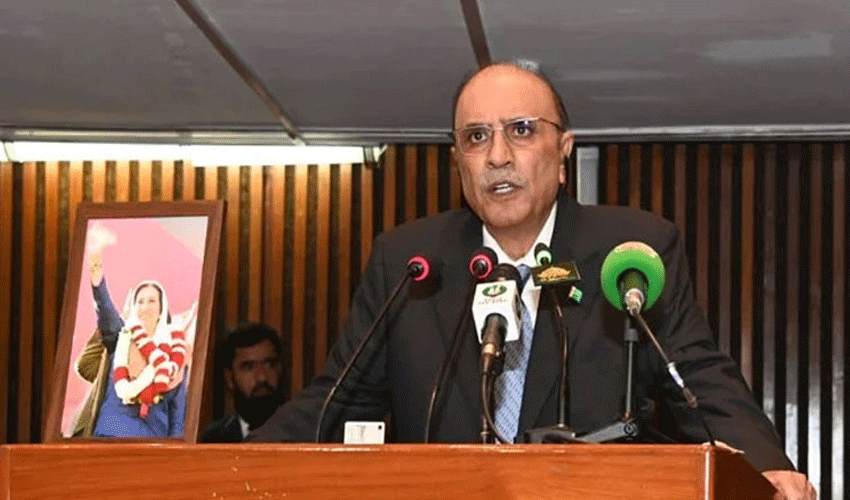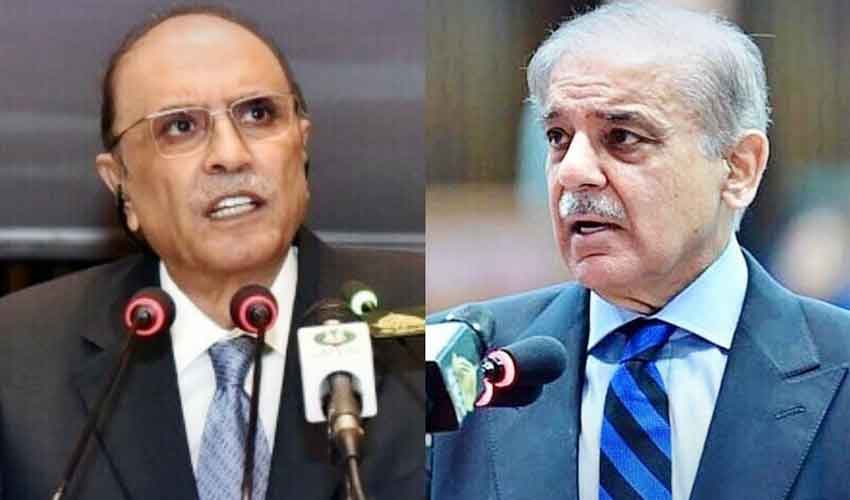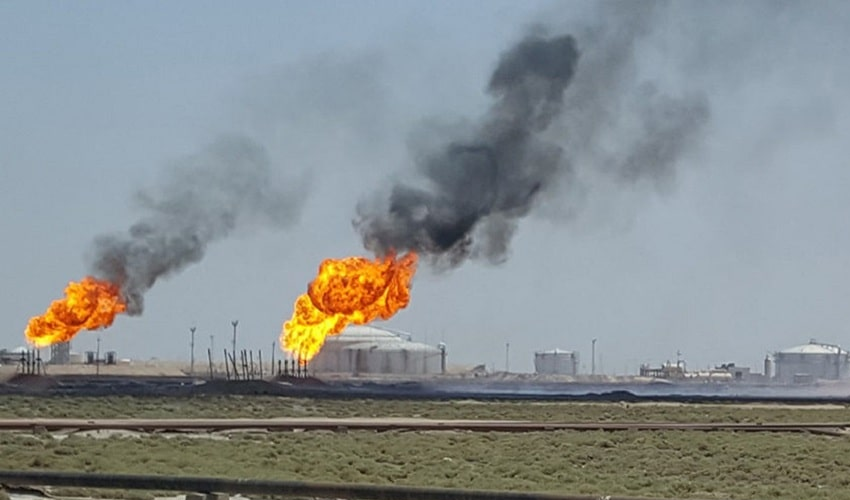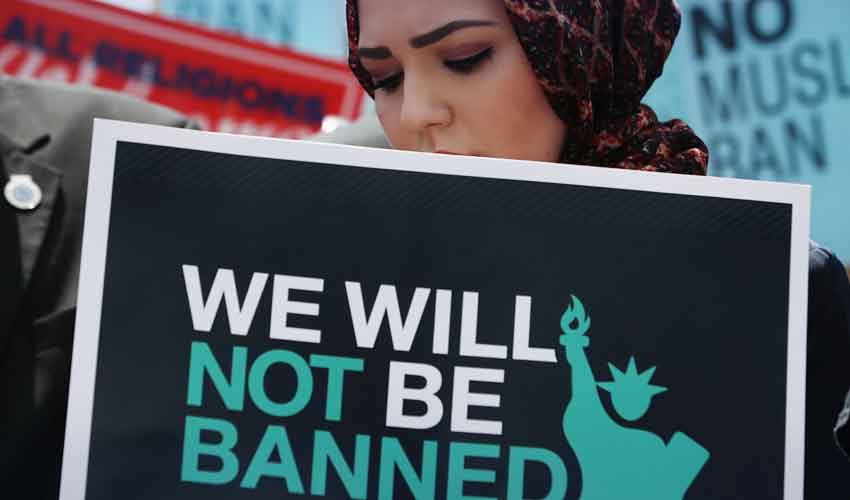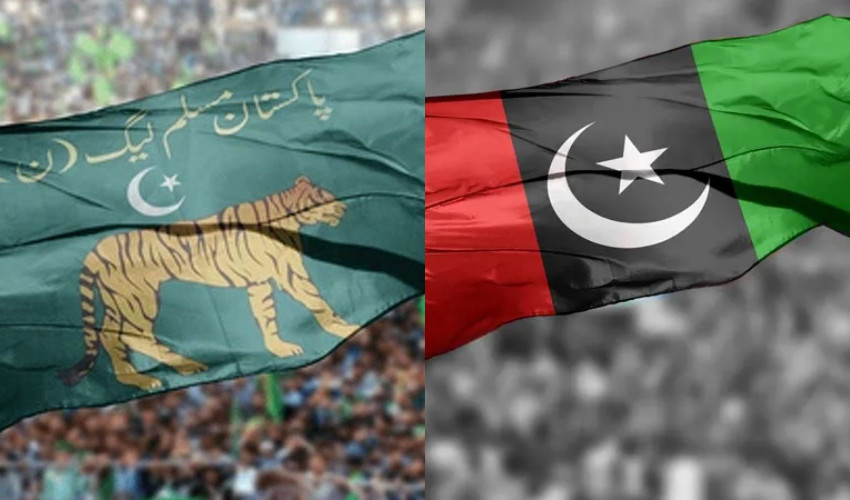The International Monetary Fund (IMF) has released a report, analyzing Pakistan's economic situation, painting a picture of mixed progress with promising improvements alongside persistent challenges.
Positives:
- Growth on Track since July 2023: Pakistan's economic growth rate is projected to remain steady at 2% for the current fiscal year. This stability signifies progress compared to the tumultuous economic rollercoaster the country experienced earlier in 2023.
- Reserves Rise: The country's foreign exchange reserves have seen a significant increase, jumping from $4.5 billion in July 2023 to $8.2 billion currently. This rise in reserves indicates improved financial stability and potential for future debt servicing.
- Target Achieved: The report acknowledges that Pakistan successfully met all economic improvement targets set for the July-September quarter, showcasing the government's commitment to fiscal discipline.
- Agricultural improvement: This sector is performing slightly better, as it is growing at a rate of 5.1%.
- Smuggling Curbed: Dollar smuggling across Pakistani borders, a major drain on the national economy, has been effectively controlled, marking a positive step towards stabilizing the currency and foreign reserves.
- Revenue Increase: Tax and non-tax revenue collection has witnessed a welcome rise, contributing to keeping the budget deficit under control.
Revenues and grants could be 12.5% of the GDP this fiscal year, which were 11.5% the last fiscal year.
Challenges Remain:
- Energy Woes: The IMF report highlights the urgent need for reforms in Pakistan's energy sector, pointing towards the high cost of power generation as a major hurdle to economic growth.
- Industrial Lag: The industrial sector continues to struggle, with a meagre growth rate of 2.5%, indicating a need for targeted policies to boost manufacturing and exports.
- Inflationary Pressures: While inflation came down from a peak of 36% in May 2023 to 26.8% in October, it remains a significant concern, as it rose again to 29.2% in November. This poses challenges for household budgets and overall economic stability.
- Unemployment Concerns: The projected unemployment rate of 8% for the current fiscal year, although slightly lower than the previous year's 8.5%, still paints a concerning picture of job scarcity.
- Fiscal Tightrope: Balancing budget targets with social spending to alleviate the burden on vulnerable populations will be a crucial challenge for policymakers. The budget deficit is expected to be 7.6% of GDP this fiscal year, the IMF said, a figure that was last fiscal year 7.7%.
- Current Account Deficit: The potential increase in the current account deficit to 1.6% of GDP this year needs to be closely monitored and managed to avoid external imbalances. Last fiscal year, Pakistan's current account deficit was 0.7% of the GDP.
Looking Ahead:
The IMF report acknowledges Pakistan's progress while emphasizing the need for sustained reforms to tackle structural challenges. Improving energy efficiency, boosting industrial productivity, and addressing inflationary pressures remain crucial tasks in Pakistan's journey towards a more robust and sustainable economy.
The government's continued commitment to fiscal discipline and targeted interventions will be critical in determining the success of these reforms and securing a brighter economic future for the country.







